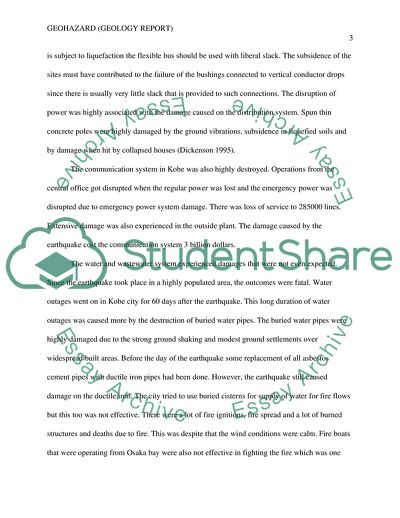Cite this document
(Geohazard: Effects of the Kobe Earthquake Coursework Example | Topics and Well Written Essays - 2250 words, n.d.)
Geohazard: Effects of the Kobe Earthquake Coursework Example | Topics and Well Written Essays - 2250 words. https://studentshare.org/geography/1821854-geohazard-geology-report
Geohazard: Effects of the Kobe Earthquake Coursework Example | Topics and Well Written Essays - 2250 words. https://studentshare.org/geography/1821854-geohazard-geology-report
(Geohazard: Effects of the Kobe Earthquake Coursework Example | Topics and Well Written Essays - 2250 Words)
Geohazard: Effects of the Kobe Earthquake Coursework Example | Topics and Well Written Essays - 2250 Words. https://studentshare.org/geography/1821854-geohazard-geology-report.
Geohazard: Effects of the Kobe Earthquake Coursework Example | Topics and Well Written Essays - 2250 Words. https://studentshare.org/geography/1821854-geohazard-geology-report.
“Geohazard: Effects of the Kobe Earthquake Coursework Example | Topics and Well Written Essays - 2250 Words”. https://studentshare.org/geography/1821854-geohazard-geology-report.


